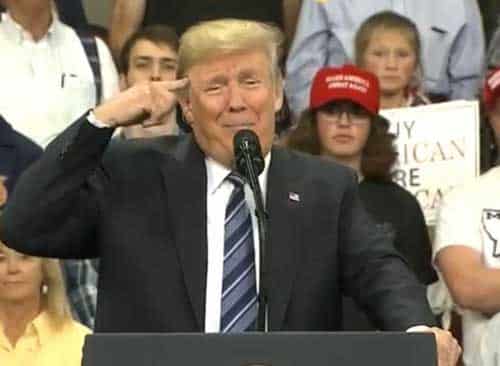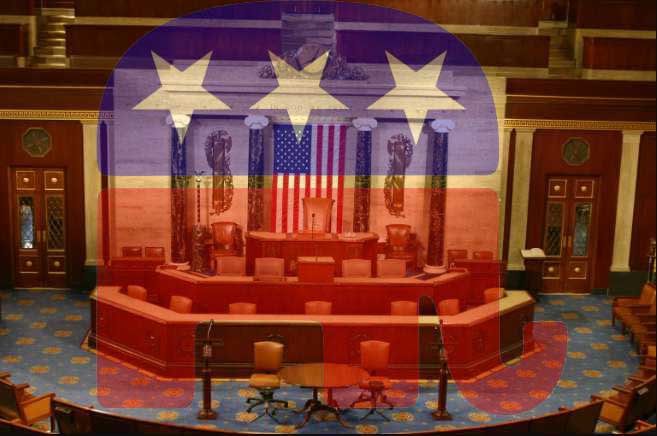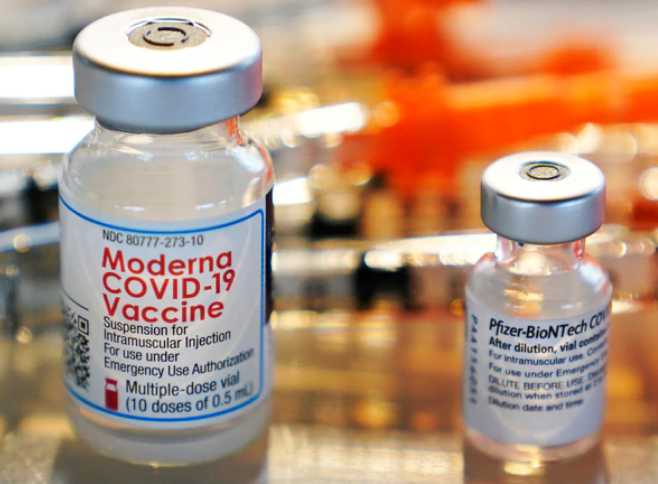“It is difficult to overstate what a catastrophe this will be for the U.S. research and education systems, particular in biomedical fields,” said one biology professor.
As a result o f what one Democratic leader said was the Trump administration’s latest “direct violation of the law,” institutions that receive grants from the National Institutes of Health have been ordered, starting Monday, to limit indirect costs for research grants—a move that the White House suggested was aimed at reducing unnecessary spending, but which experts said would quickly force scientists across the country to halt potentially lifesaving research.
f what one Democratic leader said was the Trump administration’s latest “direct violation of the law,” institutions that receive grants from the National Institutes of Health have been ordered, starting Monday, to limit indirect costs for research grants—a move that the White House suggested was aimed at reducing unnecessary spending, but which experts said would quickly force scientists across the country to halt potentially lifesaving research.
U.S. Rep. Rosa DeLauro (D-Conn.), ranking member of the House Appropriations Committee, warned that limiting NIH grants will cause “irreparable damage to ongoing research to develop cures and treatments for cancer, Alzheimer’s disease and related dementias, ALS, diabetes, mental health disorders, opioid abuse, genetic diseases, rare diseases, and other diseases and conditions affecting American families.”
The NIH Office of Policy for Extramural Research Administration (OPERA) wrote in a memo last Friday that of $35 billion spent on research grants in 2023, $9 billion was spent on indirect costs such as equipment, operations, maintenance, accounting, and personnel.
Universities and other organizations that receive research grants allocate an average of 27-28% of their grant funding to indirect costs, said OPERA, which suggested that such spending impedes the United States’ ability to “have the best medical research in the world.”
“It is accordingly vital to ensure that as many funds as possible go towards direct scientific research costs rather than administrative overhead,” said OPERA.
But researchers warned that instead of ensuring “the best medical research,” the loss of the funding will likely lead to layoffs of essential organizational staff, halted studies, cut-backs on lab space and equipment, and, potentially, the eventual “collapse of biomedical discovery in the United States,” as STAT News reported.
“If this goes into action on Monday, it actually, literally has the ability of stopping and grinding research to a halt—soon,” Robert Winn, director of the Massey Comprehensive Cancer Center at Virginia Commonwealth University, told STAT News. “How does an institution now climb out of a multimillion-dollar hole?”
Universities and medical research centers could lose $100 million per year or more under the new grant limits, the outlet reported.
DeLauro noted that in addition to endangering people who rely on medical research, the NIH’s order violates a provision that has been included in appropriations bills every year since 2018, explicitly prohibiting any administration from imposing limits on “facilities and administration” costs at research institutions.
The provision was enacted after President Donald Trump’s first attempt to cut NIH research funding by nearly 20% in 2017 was met by opposition from Republicans as well as Democrats.
“The Trump administration is attempting to steal critical funds promised to scientific research institutions funded by the NIH, despite an explicit legal prohibition against this action,” said DeLauro. “Based on this legal statute, which is clear and unequivocal, [Department of Government Efficiency leader Elon] Musk and the Trump administration are prohibited from implementing its new policy to cut funding for biomedical research that was approved by Congress.”
As STAT News reported, the indirect costs impacted by the NIH policy change include the general upkeep of running research organizations, rent, janitorial services, and other administrative costs.
Those costs, said Carl Bergstrom, a biology professor at the University of Washington, “are essential” to fund crucial scientific research.






